STAT6000: Statistics for Public Health - Survey Design Assessment 1
VerifiedAdded on 2022/09/28
|5
|886
|20
Homework Assignment
AI Summary
This assignment involves designing a short telephone survey to assess the demographic characteristics of individuals within the catchment area of a local community health service, differentiating between users and non-users. Part 1 focuses on identifying and contacting these groups, exploring potential sources of population data such as census, vital registration, and population registers, along with their respective advantages and disadvantages. The assignment emphasizes heterogeneous purposive sampling for participant recruitment, aiming to gather diverse perspectives on the utilization of the local community health service. The rationale behind this sampling method is discussed, highlighting its qualitative generalizability and potential for identifying average values, while also acknowledging its limitations regarding inferential statistical methods and researcher bias. Part 2 includes a set of survey questions designed to gather relevant information on demographics, health service usage, and user experiences, covering aspects such as age, employment status, ethnicity, education, community residency, awareness of the service, frequency of use, service facilities, recent usage, and affordability. The assignment is supported by references to relevant literature on population data and sampling methods.
1 out of 5
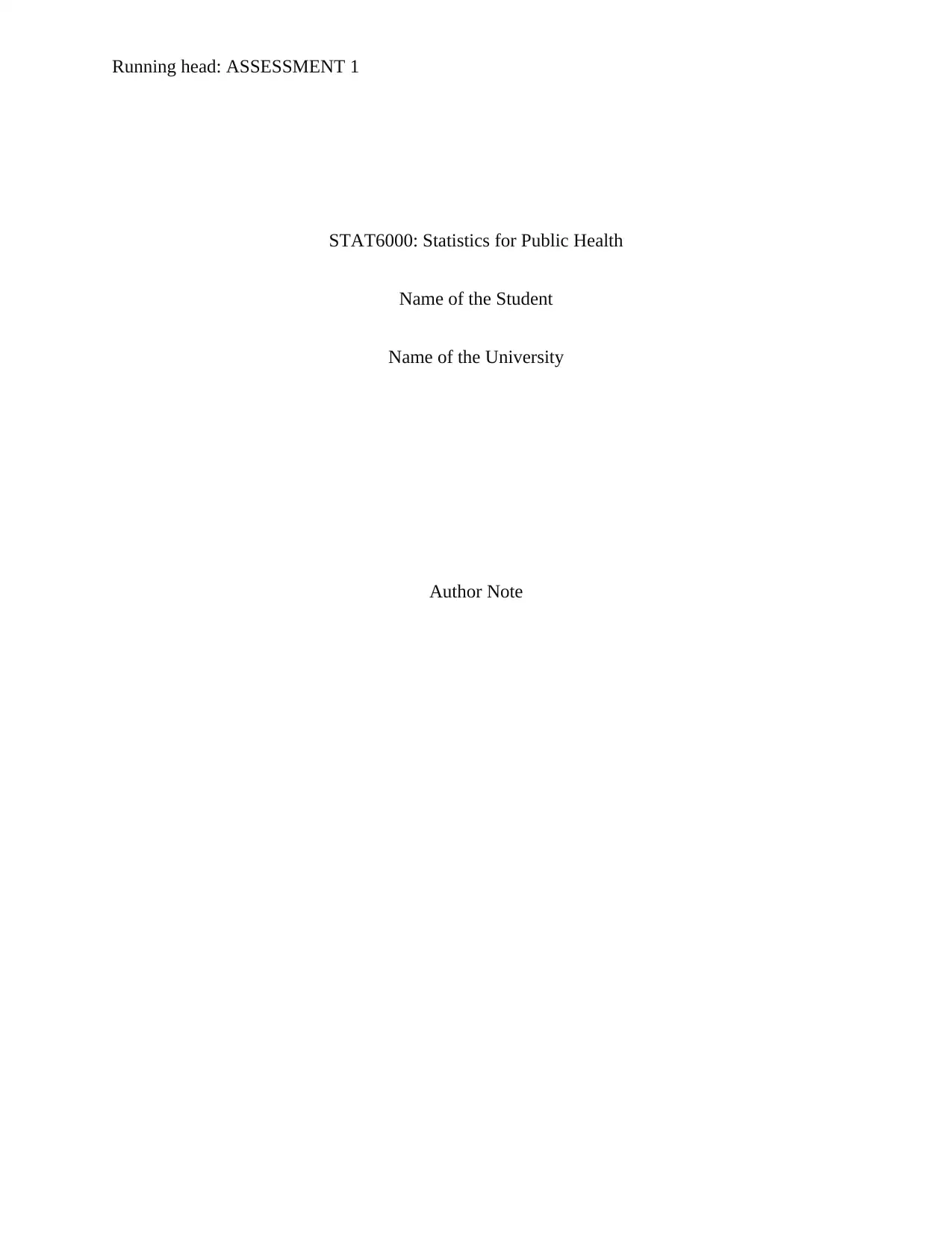
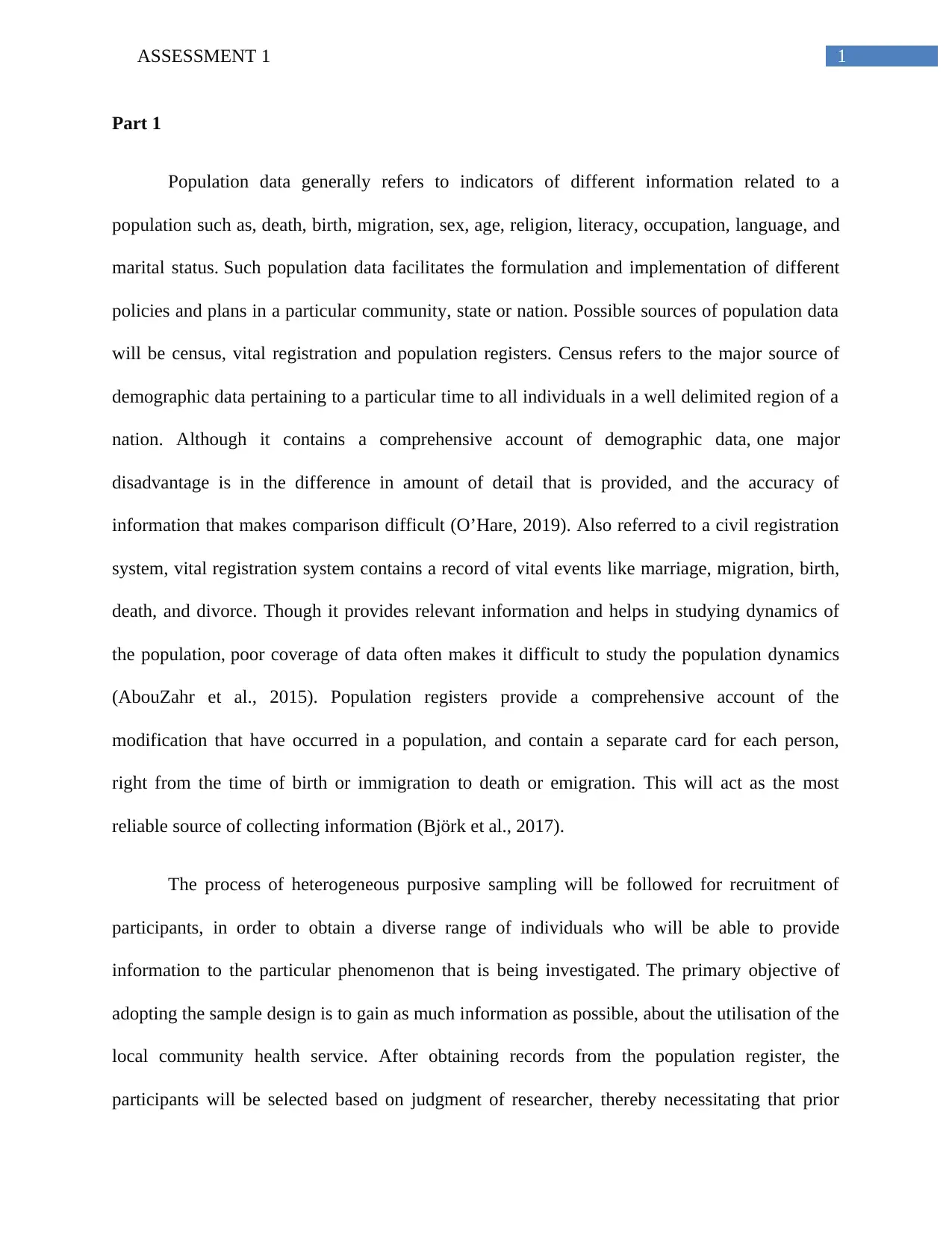
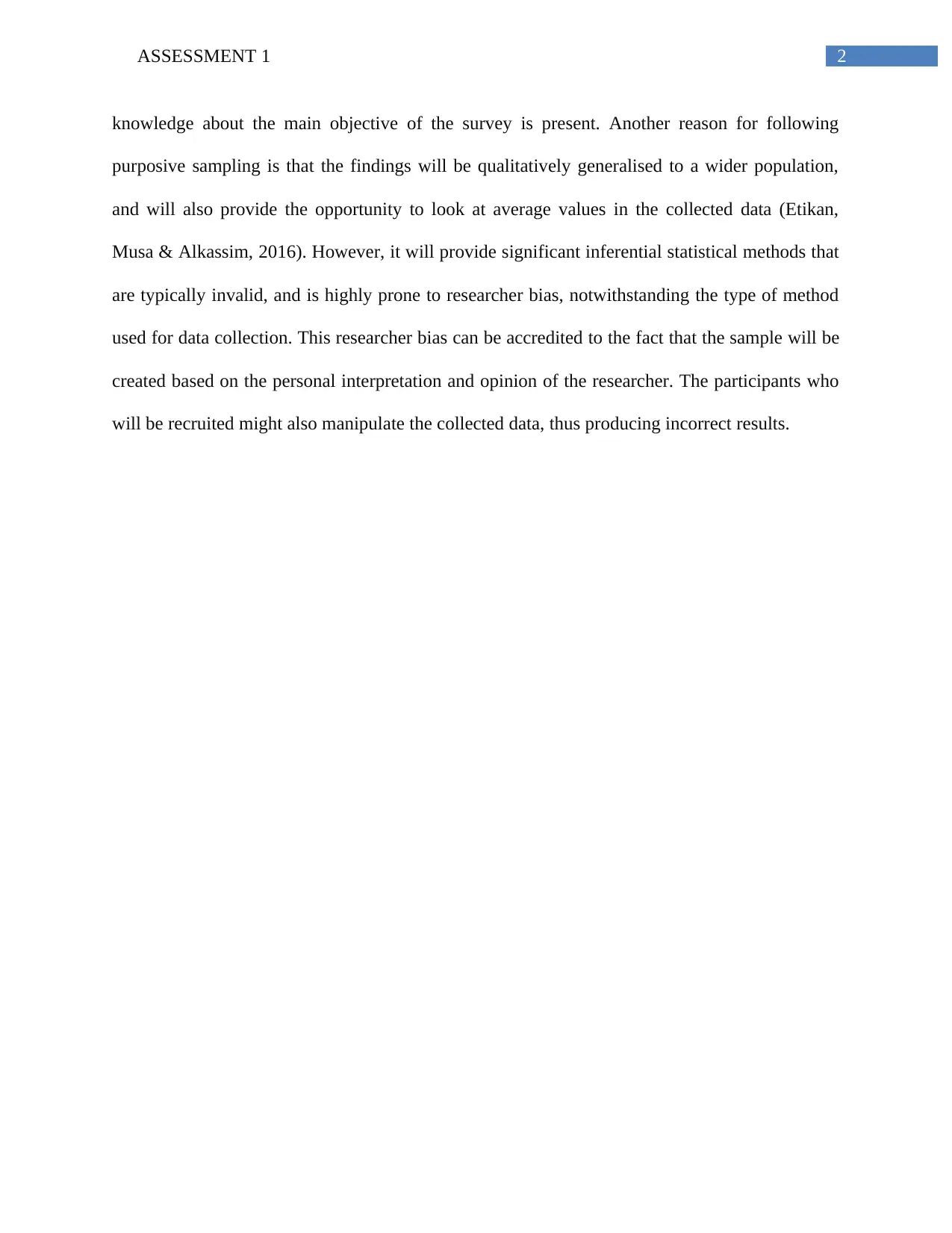

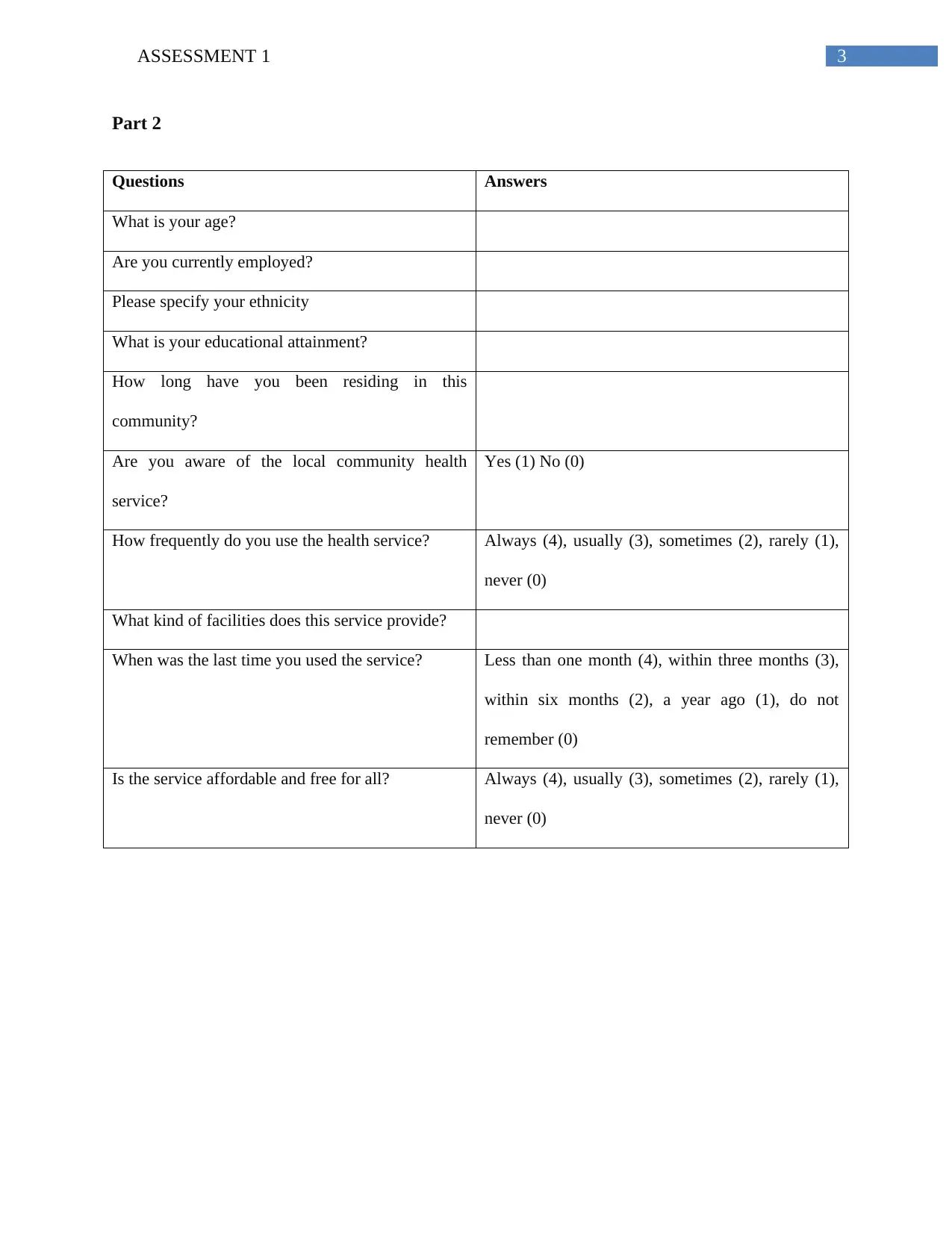
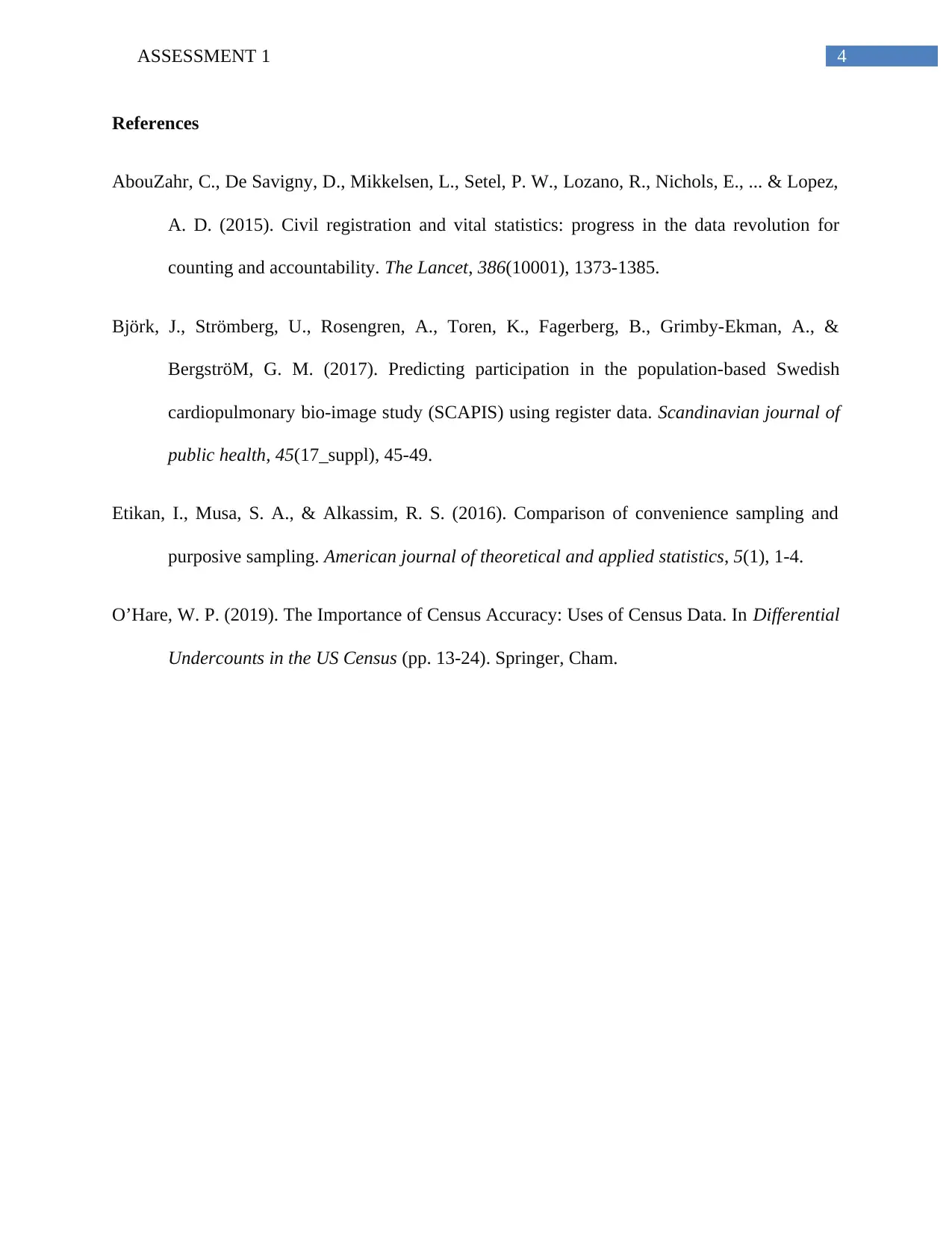




![[object Object]](/_next/static/media/star-bottom.7253800d.svg)